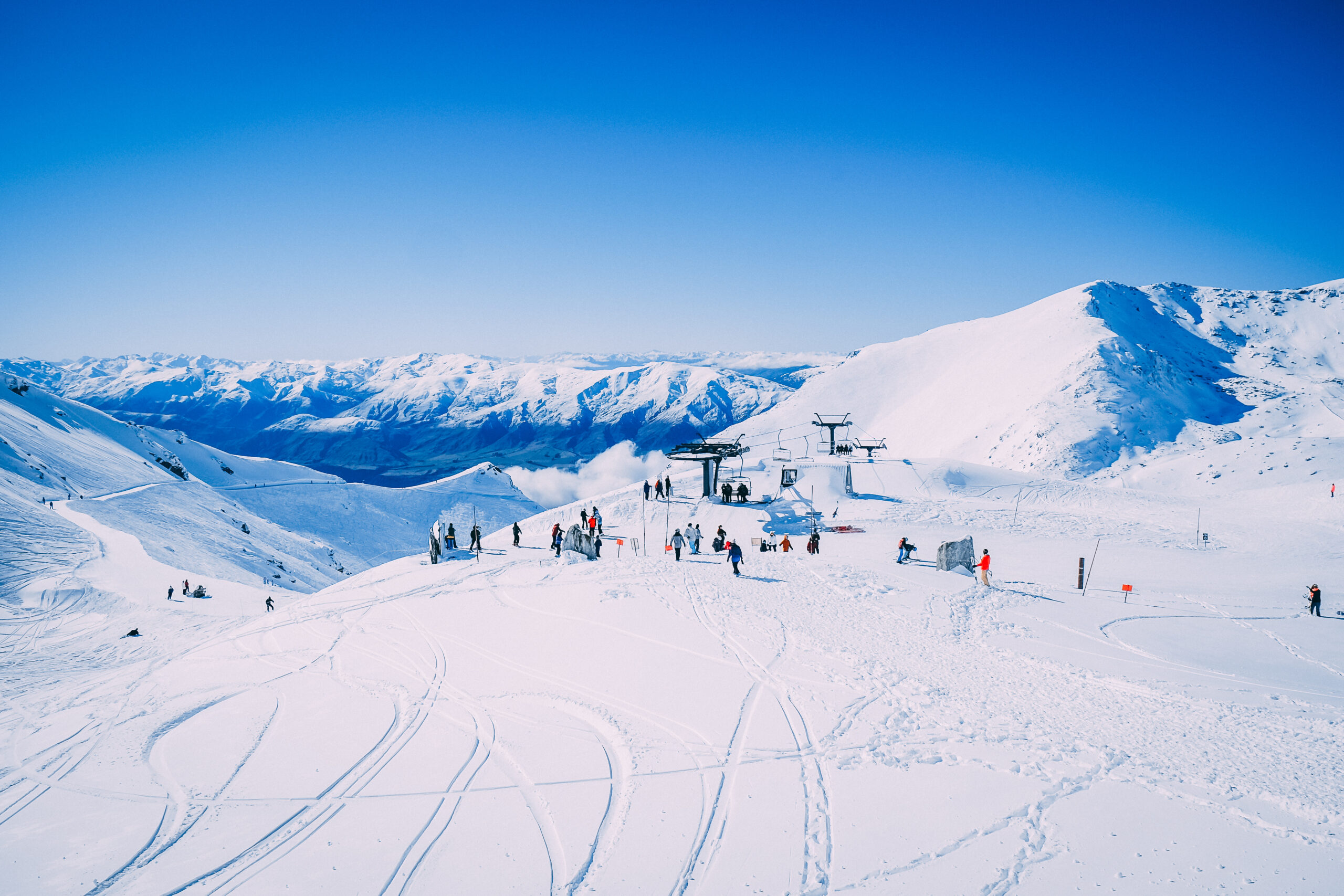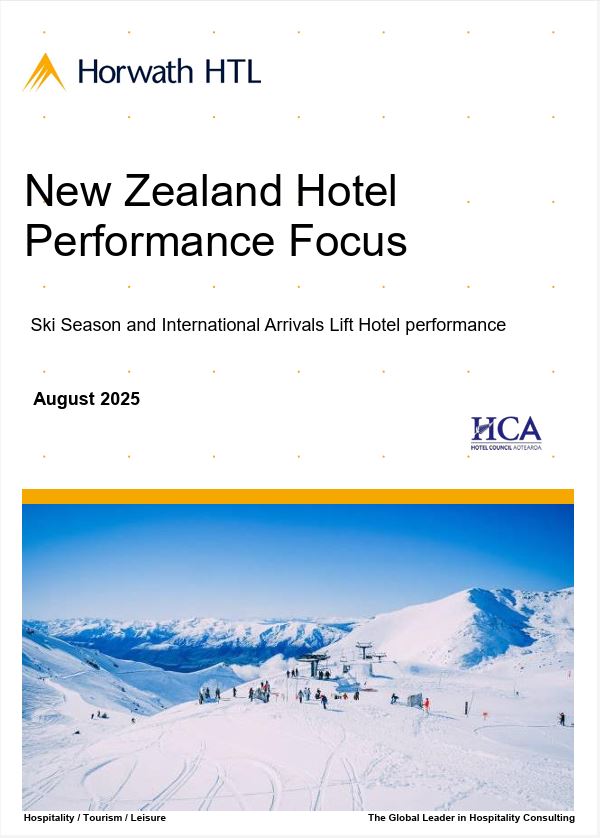
Market Report
New Zealand Hotel Performance Focus August 2025
September 2025
Ski Season and International Arrivals Lift Hotel performance
Positive news for hotel owners and operators: In August, RevPAR showed a welcome increase, along with the first year-on-year monthly rise in occupancy for 2025.
New Zealand’s hotel sector saw some positive momentum in August 2025, marking the first month of nationwide Revenue Per Available Room (RevPAR) growth since April. The improved performance was driven largely by growth in international arrivals, a solid ski season, and strengthened demand in some of the nation’s primary cities. The general tone across regions was more positive compared to the recent past, although the experience varied between destinations.
A notable contributor to the uplift was stronger international visitor arrivals, with all top source markets (Australia, the United States, and China) showing year-on-year growth. Destinations associated with ski tourism, particularly Christchurch and Queenstown, reaped the greatest benefits from Australian visitors. However, overall inbound travel was still around 10% below pre-pandemic levels.
Auckland hotels saw their first year-over year RevPAR and occupancy growth since January. However, ADR continued to slip. High-end, premium hotels outperformed the market.
Queenstown stood out as the national leader in performance once again, benefitting from prime snow conditions and expanded air connectivity that encouraged both international and domestic visitation. Importantly, the lack of new hotel supply in Queenstown helped underpin both high occupancy and continued growth in room rates, reinforcing its place atop the national performance rankings.
Regional cities enjoyed mixed fortunes. For example, Christchurch achieved its best August occupancy in a decade, especially bolstered by strong Australian arrivals and a vibrant event calendar at facilities like Te Pae. By contrast, Wellington’s results were hampered by a dip in conferencing and the absence of major sporting events that typically stimulate overnight demand.

